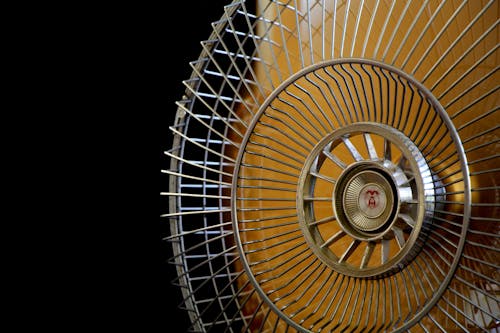The Science Behind Effective Air Circulation and Cooling Comfort
Effective air circulation involves more than simply moving air from one location to another. The science of thermal comfort considers factors such as air velocity, temperature differential, humidity levels, and directional airflow patterns. Professional-grade fans are engineered to create optimal air movement that enhances the body's natural cooling mechanisms through evaporation and convection.
Research in building science demonstrates that strategic fan placement can reduce perceived temperature by 3-5 degrees Fahrenheit, allowing for higher thermostat settings without compromising comfort. This phenomenon, known as the wind chill effect, enables significant energy savings when fans are used in conjunction with air conditioning systems. The key lies in understanding airflow patterns and selecting fans with appropriate blade pitch, diameter, and motor specifications for specific applications.
Modern ceiling fans incorporate reversible motor technology, allowing for both downdraft cooling in summer and updraft air circulation in winter. This dual functionality maximizes year-round utility and helps distribute heated air more evenly during colder months, reducing heating costs and improving overall indoor climate consistency.




